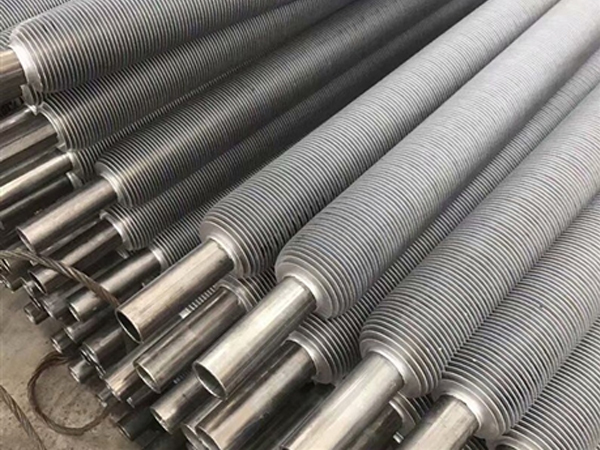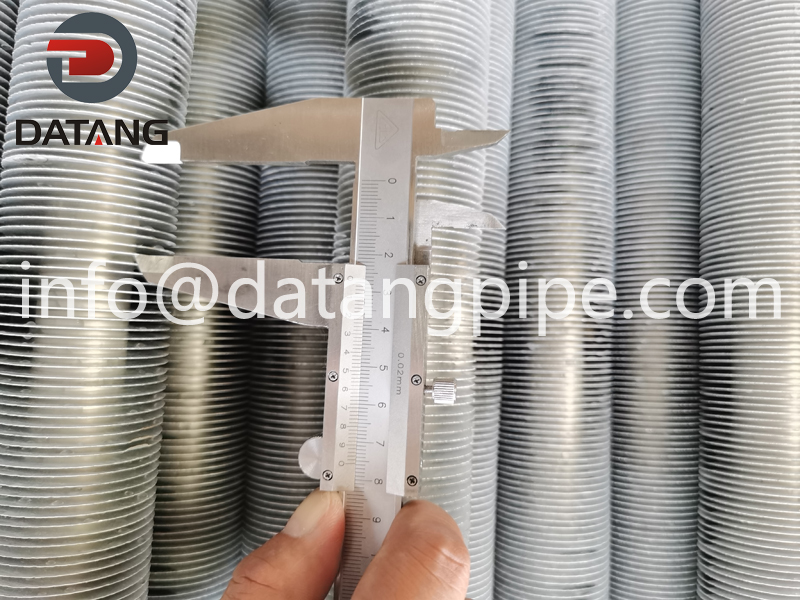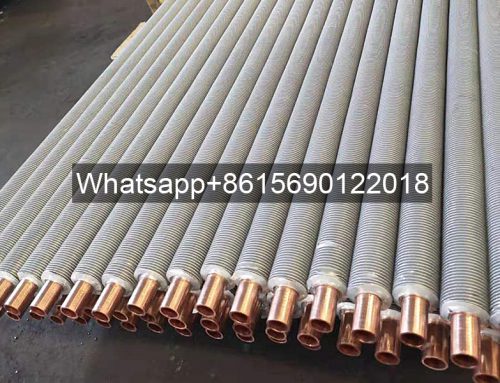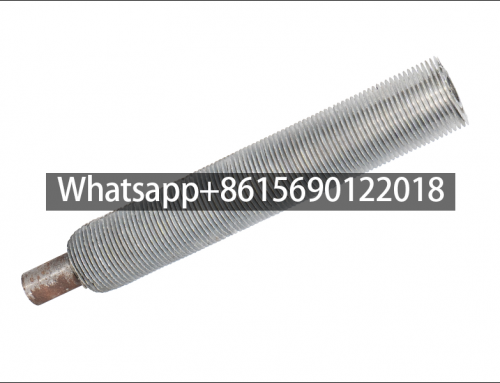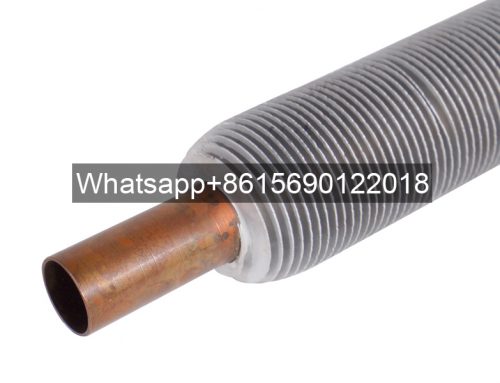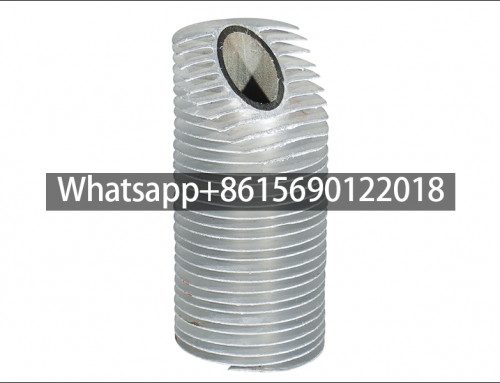Project Description
- Leave Your Message
1.ASME SA214 aluminum extruded fin tube for heat exchanger
ASME SA214 aluminum extruded fin tube is a heat transfer element that integrates aluminum fins and base tubes through hot extrusion process. It complies with the American Society of Mechanical Engineers (ASME) SA214 standard and is designed for high-efficiency heat exchange systems.
2. ASME SA214 aluminum extruded fin tube production process
Extrusion molding: After the aluminum billet is heated to 480–520℃, the fins are combined with the base tube through die extrusion without welds.
Surface treatment: Anodizing or coating enhances corrosion resistance.
Dimension calibration: Cold drawing process ensures tolerance (such as fin height ±0.1mm).
3. ASME SA214 aluminum extruded fin tube material and specifications
Material: Commonly used AA6061/6063 aluminum alloy, thermal conductivity ≥160 W/m·K.
Specifications: base tube outer diameter 12–50mm, fin height 5–20mm, fin density 10–40 fins/inch.
4. Advantages of ASME SA214 aluminum extruded fin tubes
Thermal efficiency: fin surface area increases 8–12 times, heat transfer coefficient increases by more than 30%.
Lightweight: density is only 1/3 of steel, reducing structural load.
Corrosion resistance: natural oxide film resists acid and alkali environment.
5. Application of ASME SA214 aluminum extruded fin tubes
Energy: waste heat recovery of gas boilers.
Chemical industry: reactor cooling system.
HVAC: central air conditioning condenser.
6. ASME SA214 aluminum extruded fin tube inspection method
Dimension inspection: laser scanner verifies fin spacing/height.
Performance test: ASTM E1530 determines heat transfer coefficient.
Nondestructive testing: eddy current flaw detection checks internal defects.
The inspection methods of fin tubes mainly include the following:
First, appearance inspection is the basic step of finned tube inspection. The inspector needs to carefully observe the external dimensions of the finned tube to confirm whether it is consistent with the dimensions specified in the standard, and check whether there are defects such as cracks, pitting, and bubbles on its surface. At the same time, attention should be paid to whether the finned tube has sand holes, mechanical damage, and other problems. These appearance defects not only affect the beauty of the finned tube, but may also have a serious impact on its performance and service life.
Secondly, the water pressure test is an important means to check the pressure-bearing performance of the finned tube. In this test, the finned tube needs to withstand a certain water pressure to check whether it will leak or other abnormal conditions. Through the water pressure test, it can be ensured that the finned tube can withstand the working pressure in actual use and ensure its safety and reliability.
In addition, metallographic inspection is a key link in the mechanical property test of the finned tube. This inspection method includes tensile test, impact test, bending test, etc. By conducting these tests on the finned tube, its mechanical properties and strength indicators can be comprehensively evaluated, so as to ensure that it can meet various complex environments and use requirements in actual applications.
In addition to the above traditional detection methods, some modern detection methods are also gradually applied to the detection of finned tubes.
For example, X-ray detection can detect possible quality risks by detecting local seamlessness and other indicators; oxide film thickness measurement can detect the oxide film thickness on the surface of aluminum finned tubes to determine their corrosion resistance; air tightness test can detect the air tightness of finned tubes under standard pressure to ensure that they will not be affected by air leakage during use.
For the detection of embedded finned tubes, the method is slightly different. First, the number and type of buried pipes need to be determined according to the size of the pile diameter. Then, during the burial process, it is necessary to ensure that the inner diameter, joint processing, and pipe mouth height of the detection tube meet the specification requirements.
During the detection process, an acoustic wave detector is usually used for non-destructive testing. By measuring the propagation time and waveform changes of the acoustic wave in the finned tube, the integrity and performance of the finned tube can be judged.
Finally, it is worth noting that the detection of finned tubes should not only be carried out during the production process, but also require regular inspection and maintenance during use. Through regular inspections, possible problems and hidden dangers of finned tubes can be discovered in time, and corresponding measures can be taken to repair or replace them, thereby ensuring the long-term stable operation of finned tubes.
There are various detection methods for finned tubes, each of which has its own characteristics and scope of application. In practical applications, appropriate detection methods should be selected according to factors such as the material, structure and use environment of the finned tubes, and operations should be carried out strictly in accordance with the specifications to ensure that the quality and performance of the finned tubes are accurately evaluated.
With the continuous advancement of science and technology and the continuous innovation of detection technology, it is believed that more and more advanced finned tube detection methods will appear in the future, providing more reliable and efficient guarantees for the production and use of finned tubes.


